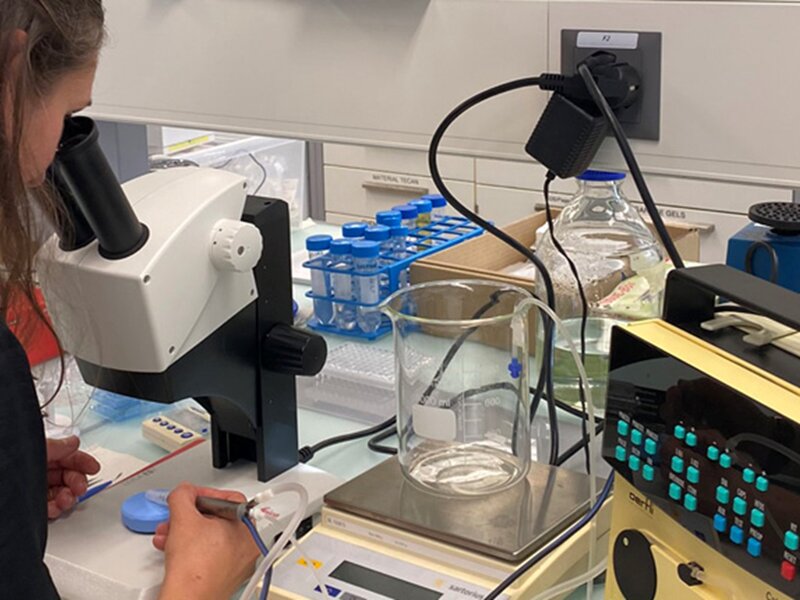HSLU and Oertli seeking to improve cataract surgery
Lucerne/Berneck - Researchers from the Lucerne University of Applied Sciences and Arts (HSLU) are working together with Oertli Instrumente AG to develop improved instruments for cataract operations. For this purpose, surgical interventions are displayed and simulated in numerical models. This interdisciplinary project is being supported by Innosuisse.
Researchers from the Lucerne University of Applied Sciences and Arts (HSLU) are collaborating with Oertli Instrumente AG from Berneck in the canton of St.Gallen with the aim of increasing the efficiency of cataract operations while also maintaining or increasing safety levels for patients. “Shortening the duration of the operation always means that there is less interference with the eye”, explains project manager Silvio Di Nardo from the Institute for Medical Technology at HSLU in a corresponding press release issued by the university. “And this also reduces the risks associated with the procedure”, he adds.
The interdisciplinary project, which is being supported by Innosuisse, the Swiss innovation agency, uses simulation models to investigate exactly what happens in the eye during surgery. The models were developed by researchers at the Competence Center for Fluid Mechanics and Numerical Methods at HSLU, while researchers from the university’s Competence Center for Autonomous Systems and Robotics examined what exactly happens to the eye when the cataract-clouded lens is shattered by ultrasound.
The models now not only facilitate a profound understanding of what the eye goes through during a cataract operation, but the simulations can also calculate how changed instruments or variations in their control actually impact the surgery. As the project partner, Oertli Instrumente is currently examining a number of optimization proposals that have emerged from the research, the press release explains. The innovations made possible as a result of the research could potentially be brought to market maturity within the space of 24 months.

